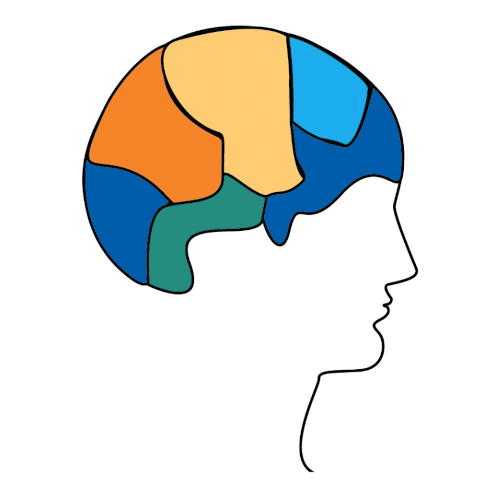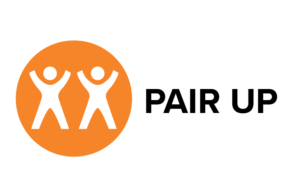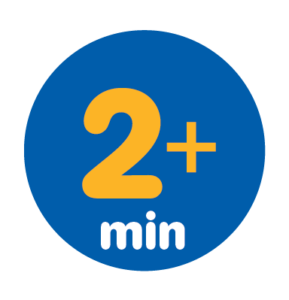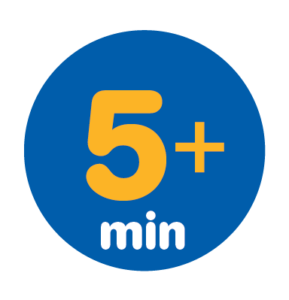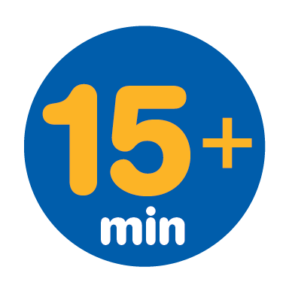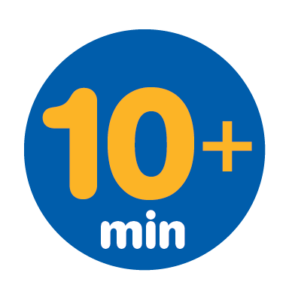Brain Workout 1.0 Class 17 Pilot
CLASS 17 | GRATEFUL THINKING
Explore the importance of gratitude and confidence to cognitive vitality.
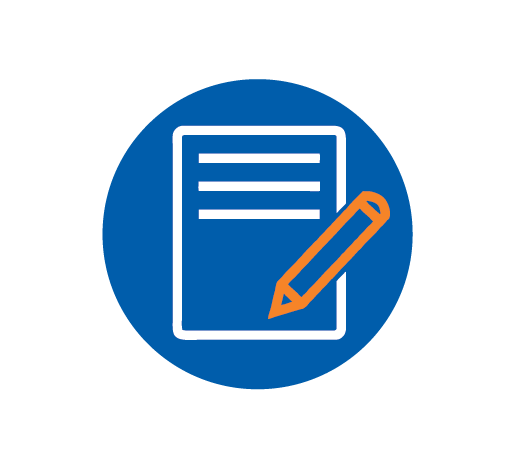
TRAINER OVERVIEW
- Every Picture Tells a Story Photograph Prompt Slide or PDF
- TBH Grateful Thinking Journals, enough for each student
- Pencils and erasers, enough for each student
- Whiteboard or flip chart and markers
- Stopwatch or timer
- Now Do It! worksheets, enough for each student
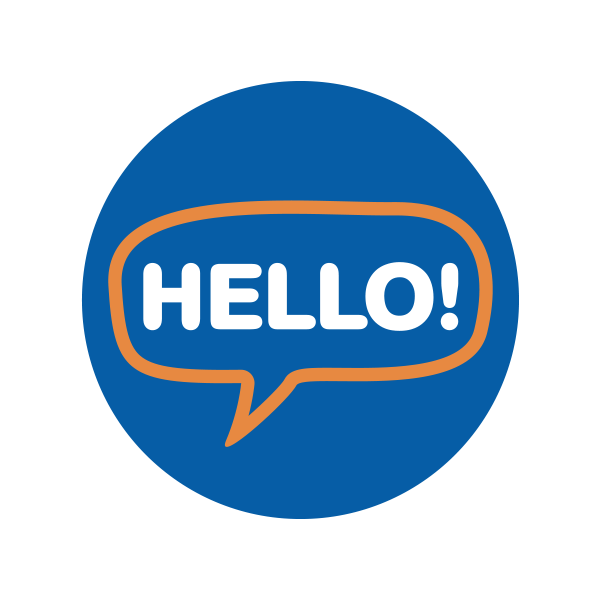
WELCOME TO CLASS
Welcome to today’s class! Our topic is “Grateful Thinking.”
Our TBH Blueprint focus is the “Believe in Yourself” action point.
Research shows that when we are more positive about ourselves, the more likely we are to take care of ourselves. This is true for our brain health as well. We will try some gratitude awareness exercises that have been tied to boosting happiness.
We will be working on the following thinking skills today:
- Attention
- Nimbleness
- Verbal Skills
- Memory
- Visual Skills
- Problem Solving
- Executive Control
Hand out the TBH Welcome Packet to all new students for a more complete introduction.
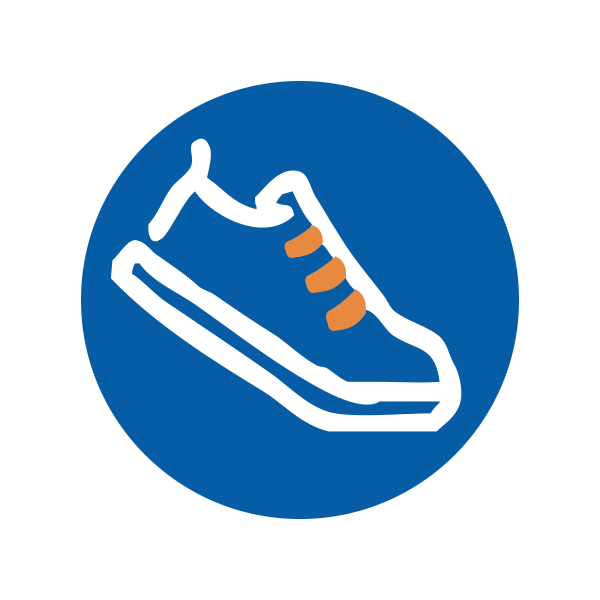
TBH LET'S GET IT STARTED
- Get everyone ready to learn with this seated toes-to-top
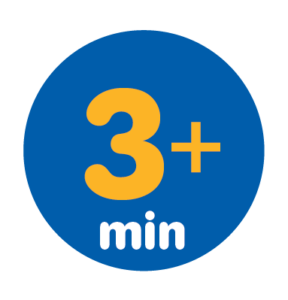 warmup.
warmup. - Use the TBH music to set your pace, or choose your own.
We are going to begin with TBH Let’s Get It Started!
Being physically active is great for our brains. This quick warmup is a great way to get focused, build energy and get us ready to learn. We’ll do this right at our seats at the beginning of every class. Just watch what I do and follow along!
(At end of warmup) Great job, everyone! We are started up and ready to go!
FEET GET STARTED!
- Tap toes on both feet, up and down. 10 repetitions. Count together 1 to 10.
- Alternate toe taps. 10 repetitions. Count backward together 10 to 1.
LEGS GET STARTED!
- Stamp feet on the ground, alternating feet. Make “noise” with group.
- Gently kick legs out from the knee, alternating legs. 10 repetitions. Count together from A to J.
- March in place, alternating legs. 10 repetitions. If your class is physically able to march in place safely while standing, you may choose that option. Count backwards from 20 by 2’s (20, 18, 16…)
ARMS GET STARTED!
- Gently shake arms, open and close hands.
- Circle wrists a few times in clockwise and counterclockwise.
- Hold arms straight out in front, shoulder level, palms facing down. Slowly lower both hands to thighs and then raise them back to shoulder level. 5 repetitions. Count by 2’s (2, 4, 6, 8, 10).
- Shrug shoulders up and down, with hands on knees. 5 repetitions. Count backwards from 5 to 1.
VOICES GET STARTED!
- Say “OHHHHHHHHHH.” Have group say sound with you. Hold for a few seconds.
- Say “EHHHHHHHHHH.” Have group say sound with you. Hold for a few seconds.
- Say “AHHHHHHHHHH.” Have group say sound with you. Hold for a few seconds.
- Say “OH – EH – AH.” Hold each sound for a few seconds. 3 repetitions.
- Say “The lips, the teeth, the tip of the tongue.” Repeat this famous acting voice exercise with the class, focusing on articulation and participation. 3 repetitions.
BREATH GETS STARTED!
- Slow focus to bring awareness to sitting still in chair.
- Take a deep breath in through the nose.
- Exhale out through the mouth.
- Give selves big hug, wrapping arms across waist and squeezing gently, as able.
- Thank selves and send some “TBH love” to our brains!
Click to open the TBH Let’s Get It Started! playlist.
Click for the TBH Let’s Get It Started! complete guide.
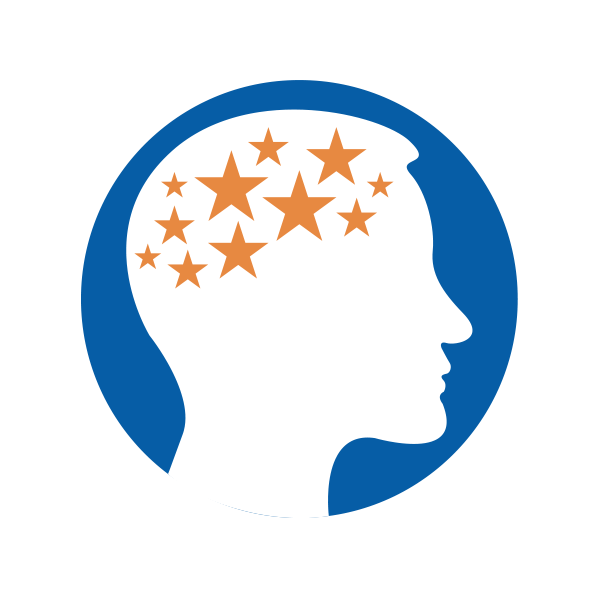
TBH BRAIN PLAY | Every Picture Tells A Story
- Get everyone ready to learn with this fast-paced cognitive warmup.
- Challenge everyone to create a story based on a photograph.
Now let’s do our “Brain Play.” These fast-paced warm-ups at the start of every class are an important way we can keep our thinking focused, fast and nimble.
Today’s Brain Play is called “Every Picture Tells a Story.” Let’s look at this photograph. Can we create a story about what we see happening in this photograph? We are going to work together and weave a whole tale, but we have just 3 minutes.
We have to work fast, so let’s go!
- Have students work together to create a story in response to the provided photograph prompt (slide or pdf) in just 3 minutes.
- Option to print out several copies of the photograph for students to share or to show it as a slide to the whole group.
- Option to write down the group’s story on the whiteboard or flip chart.
- Encourage distance learners to join in from home. Share the class prompt on your screen.
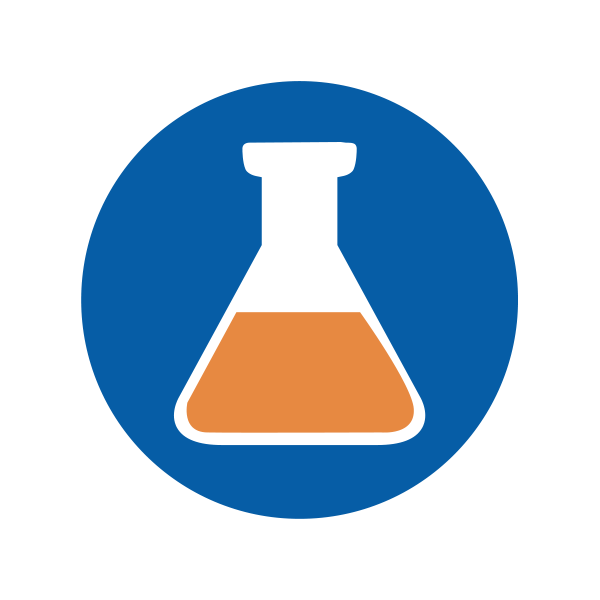
LEARN THE TBH SCIENCE
Now let’s think about gratitude. A growing body of research shows that gratitude is key to creating happiness for ourselves. Experiencing gratefulness asks us to take a positive focus on our world, including the love we share with those close to us, the joy we get from being part of a community, or the awe we experience when we observe the world and all its wonders.
Our brains should be high on the list of the many things we are grateful for. Why? No matter what happens in our world, we would not be able to recognize, reflect on, or appreciate those experiences without our brains. So, it’s vital that we not only do all we can to keep our brains healthy but that we also appreciate all our brains do for us.
Studies have shown that classes like this one can help us build better brain self-efficacy, or confidence in our ability to be effective in taking care of our brain fitness. And greater self-efficacy makes it more likely that we will do the things that keep our thinking sharp and our brains healthy.
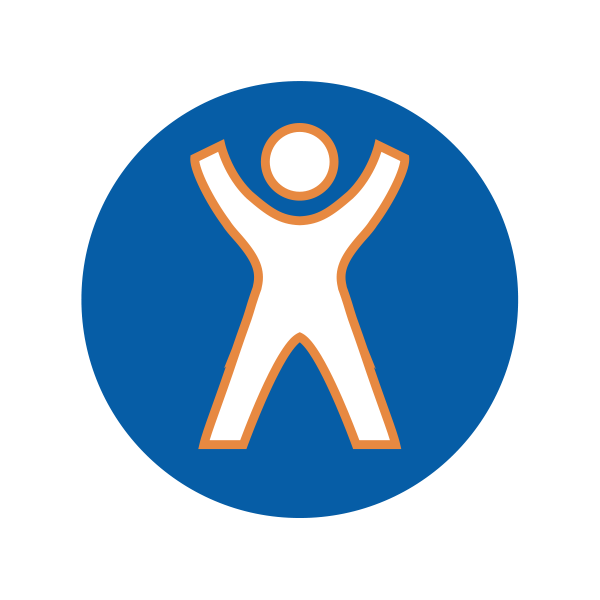
NOW DO IT!
- Pair up students to share ways in which they are grateful for their brains.
- Adapt as needed to include everyone as they are able.
For today’s workout we are going to work in pairs. Let’s go ahead and find partners now.
Experts suggest that we can boost our capacity for gratitude by acknowledging each day a few things we are grateful for. Let’s start today by sharing something we are grateful to our brains for! For example, I may be grateful to my brain for helping me learn how to use the video chat on my computer, so I can see my grandkids! Or giving me the skills to keep playing the piano. Who wants to go first?
(At end of workout) That was wonderful. One proven way to build more gratefulness in our daily lives is by keeping a gratitude journal. I have here a TBH Grateful Thinking Journal for each of you. We are going to start our TBH Grateful Thinking Journals together now.
We each will write down at least two things we are grateful to our brains for helping us do today. And we’ll work with our partners for help and support in thinking about what those things might be.
- Option to distribute the Now Do It! class worksheets.
- “Pair Up” your class into small groups of two, three if needed.
- Have all students share something they are grateful to their brains for allowing them to do.
- Have students work with their partners as they begin their TBH Grateful Thinking Journals.
- For virtual delivery, modify workout to do “All Together.” Adjust scripting accordingly.

TBH TAKEAWAY
I’m really grateful we took the time to build more gratitude for our brains! Be sure to take your TBH Grateful Thinking Journals home. Find a time each day this coming week to jot down a bit of brain appreciation. And if you like this, try to continue a daily gratitude journal after that.
When will you make time write in your TBH Grateful Thinking Journal?
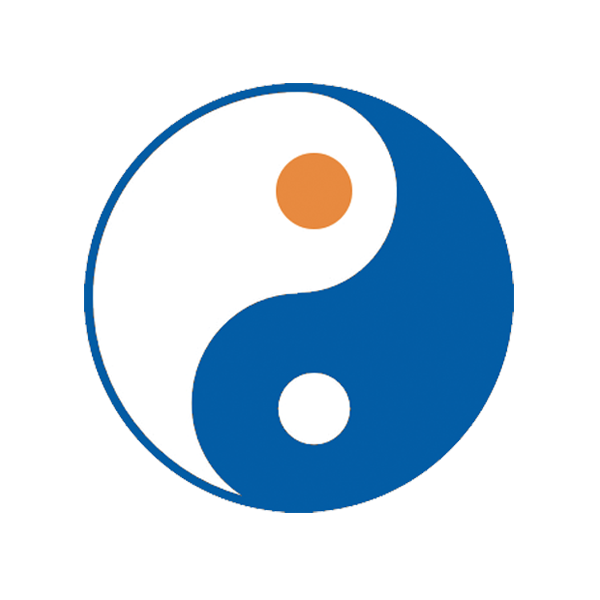
TBH TAKE A BREATH
Let’s wrap up with “TBH Take a Breath.” Being mindful of our breath and sharing some positive thoughts is a wonderful way to acknowledge what we’ve learned together before we go back to our day. Research also shows that these kinds of exercises help us focus better and even learn more effectively.
- Have students get comfortable, resting both feet flat on the floor, hands resting in their laps.
- Have students close their eyes and keep them gently closed.
- Ask students to focus their attention on their breathing, noticing the rate and rhythm of their breath. Allow them to focus on their natural breathing for a few moments.
- Instruct students to begin rhythmic breathing. Ask them to inhale slowly and deeply through their nostrils, breathing gently into their chest and belly. Then ask them to exhale slowly through their lips, slowing the rate and rhythm of their breath.
- Have students continue rhythmic breathing, instructing them to continue to focus on gently and slowly inhaling and exhaling, allowing their attention to simply “ride” the wave of their breath. Allow them to focus on rhythmic breathing for several moments.
- Offer the following positive affirmation statements below in a calm, slow voice. Invite students to simply listen, repeat the phrase silently to themselves, or to think about what each statement means to them.
My mind is calm.
I am glad that I can practice gratitude.
I am glad for the chance to appreciate my brain.
I am glad for the support of my friends.
I take this time and this breath for me.
- Pause for several moments.
- End the exercise by inviting students to bring their awareness back to the room, gently opening their eyes and becoming more aware of their surroundings.
- Invite them to end practice with gratitude for taking a moment for themselves, for the chance to learn together and connect with each other.
Click for the TBH Take a Breath music playlist.Click to open the TBH Take A Breath complete guide.
Click to open the TBH Take A Breath complete guide.

CLASS RESOURCES
CLASS WORKSHEETS Provide your students with the following worksheets for the in-class exercise.
Every Picture Tells a Story Photograph Prompt Slide or PDF. Share on a screen or print out or several copies of this photograph for students to share for the Brain Play activity.
TBH Grateful Thinking Journal. Print out and assemble this booklet, one for each student. Use in class and have students take them home after class.
NOW DO IT! WORKSHEETS
Use these optional worksheets to run your class.
Grateful Thinking Worksheet. Gratitude awareness in our brains can boost happiness.
ADDITIONAL RESOURCES
Gratefulness.org. Good resource for more information and ideas about building gratitude.
Want To Be Happy? Be Grateful. (TED.com) Brother David Steindl-Rast talks about the relationship between happiness and gratitude. One of the most popular TED talks on the topic, with over 2 million views.

